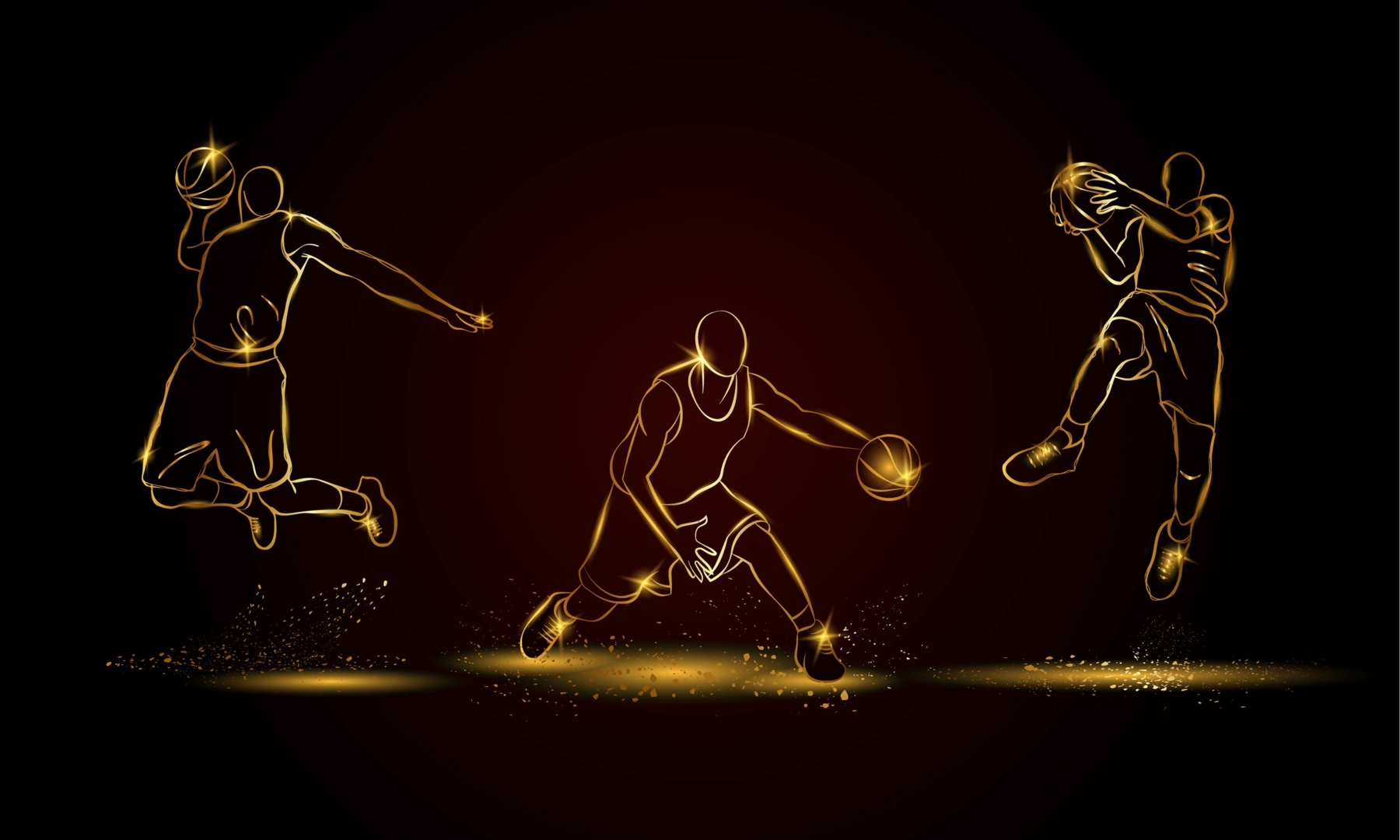Secrets to balancing insane match schedules with S&C training
NBA players play multiple games every week through the season, not to mention practice, travel, recovery and many other commitments. So how do they fit in their S&C work?
How can you fit in S&C when your game schedule is non-stop?
Have you got a crazy match schedule and have no idea how to fit it all in? Need to keep your strength up, but also have to perform multiple times per week? This is the exact problem facing NBA superstars.
If you need to solve your mad training and match demand issues, you could take a lesson from these top performers. To do it, all you have to do is crack on episode 86 of the Science for Sport Podcast.
In this episode, Brady Howe, Director of Performance and Health at the Phoenix Suns, gives us a behind-the-scenes glimpse at how he gets the best out of these elite performers despite challenging game and training loads.
But what exactly are we dealing with in the NBA? Prepare yourself … I did say crazy.
“There can be anywhere from 85 to 100-plus games over a six-to-nine-month season, depending on how far you go into the playoffs. So within a month, you’re looking at 14 to 16 games, which essentially equates to playing every other day,” Howe said.
But it’s not just the games and travel, there are plenty of other commitments. On an unrelated note – if any NBA athletes fancy throwing some Airmiles my way, just let me know.
“These guys have to do training regimens, treatments, recovery sessions, team practice, shootarounds, and of course everyday life, which is a little different for them as well,” Howe said.
Get creative with some microdosing
So when it comes to training, you’d be forgiven for thinking they just don’t have the time or energy, but that’s where the coaching staff have to get clever.
“So this is where you have to get ultimately creative, and the term that comes to mind is microdosing,” Howe said.
If microdosing sounds like a fancy training word made up to make coaches sound clever, it is. Microdosing just means giving small doses of stimuli throughout the day or week, smaller than a regular gym session, but enough to make a small positive difference. Accumulating these small positives leads to bigger wins.
But how do you go about doing this when there are training sessions and games?
“These guys, some of them are finding two or three windows over a game day to get these microdosing sessions in. They might come in and do something very short and sweet post-game. There might be the same type of a short and sweet session pre-game or the morning of game day,” Howe said.
Don’t forget about the power of isometrics
So there you have it – the morning of the game, before the game, and even after the game itself. These guys are stepping off-court, breathless, dripping with sweat, and then go tear things up in the gym. Feeling lazy yet? I am.
So what are these beasts doing in the gym? Well, one option is isometric training. Isometric just means the muscle doesn’t change length during the movement. For example a wall sit (where you sit against a wall and stay there as if you were sitting on a chair).
“One of those things that we do add for our guys is isometric training,” Howe said.
Why bother with isometric holds? Well, there may be a range of benefits, but Howe focuses on creating a robust athlete.
“Isometric holds are an extremely healthy and viable option for everyone looking to build a robust system or improve our physical qualities,” Howe said.
Howe uses the example of a wall sit as a super simple exercise that he programs at the Suns, but he prescribes it differently, depending on the athlete.
“You might have one 60-second hold for a player who’s been playing a lot of games, a lot of minutes recently, whereas a player who hasn’t been playing as many, he’s going to have a longer session. He might be prescribed three or four sets,” Howe said.

Just find a way to do the work!
So the morale of this story is, the best basketball athletes in the world just find a way to get it done. Through microdosing physical training throughout the day and week, they can get enough training to ensure they perform optimally through a grueling season.
If you want to find out more about how Howe uses these training principles, as well as how he programs ‘active foot’ training, check out episode 86 of the Science for Sport Podcast using the link below.
You can download the podcast on any of the big hosting services, including Apple Podcasts and Spotify, or just use this link: https://scienceforsport.fireside.fm/86
Don’t forget to hit the subscribe button and be sure to give us a review and rating too!
[optin-monster slug=”nhpxak0baeqvjdeila6a”]




